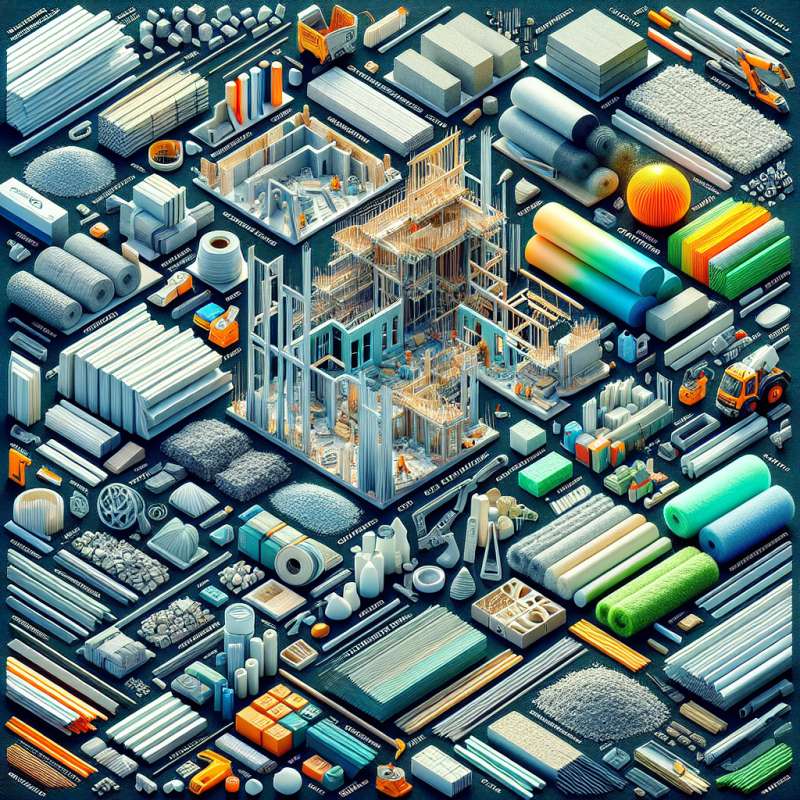工業區在台中、彰化等地區扮演著重要的角色,吸引了許多廠商進駐進行各類型的製造工作。其中與塑膠製品相關的產業佔了相當大的比例,如PU/PVC合成皮革的製造、家具、建材和傢飾皮革的生產等。未來,以下是中部地區工業區可能面臨的發展趨勢。
首先,塑膠製品行業將面臨更嚴格的環境監管和限制。隨著環保意識的抬頭,對於塑膠製品的生產和使用日益關注。政府將加強對環境保護的立法和執法,並推動綠色製造、循環經濟等相關政策。這意味著塑膠製品廠商將需要投入更多資源和技術,以符合更高的環保標準。
其次,因應市場需求的改變,工業區將面臨轉型和升級的壓力。隨著人們對於健康和永續產品的追求,PU/PVC合成皮革和其他塑膠製品可能面臨競爭力下降的風險。因此,廠商應該加強研發創新,推出符合市場需求的產品,例如可生物降解的替代材料和綠色製造技術。
此外,中部地區的工業區應該進一步發展產業聚落和產業鏈,提高整體的競爭力。例如,建立一個完整的家具製造產業鏈,從原料採購、加工製造到銷售等環節都能夠在該地區完成。這樣不僅能夠降低生產成本,提高效率,還能夠吸引更多的投資和製造業者進駐。
最後,工業區也應該關注產業多元化和未來趨勢。除了塑膠製品製造,工業區可以開拓其他具有潛力的產業,如智慧科技、綠能等。這樣可以減輕對單一產業的依賴,對於工業區的可持續發展至關重要。
總之,中部地區的工業區在面臨未來發展的挑戰時,應該抓住機遇,進行技術創新和轉型升級。通過環保政策的推動、產業聚落的發展以及產業多元化,使工業區在未來繼續發揮重要作用並保持競爭力。
關鍵字: Industrial Zone, Taichung, Changhua, PU/PVC, Synthetic Leather, Factory, Furniture, Building Materials, Home Décor Leather, Home Decor, Other Plastic Raw Materials Manufacturing, Plastic Leather Products Manufacturing, Unclassified Other Plastic Products Manufacturing
標題: Future Development Trends of Industrial Zones in Central Taiwan
Industrial zones play a significant role in Taichung, Changhua, and other areas, attracting numerous manufacturers to establish their operations for various types of manufacturing activities. Among them, the plastic products industry holds a substantial share, including the manufacturing of PU/PVC synthetic leather, furniture, building materials, and home décor leather. In the future, the following are the potential development trends for industrial zones in central Taiwan.
Firstly, the plastic products industry will face stricter environmental regulations and restrictions. With the rise of environmental awareness, there is increasing scrutiny on the production and use of plastic products. The government will strengthen legislation and enforcement for environmental protection while promoting green manufacturing and circular economy policies. This means that plastic product manufacturers will need to invest more resources and technology to meet higher environmental standards.
Secondly, industrial zones will face pressures for transformation and upgrading in response to changing market demands. As people pursue health and sustainable products, PU/PVC synthetic leather and other plastic products may face decreased competitiveness. Therefore, manufacturers should enhance R&D innovation and introduce products that align with market demands, such as biodegradable alternative materials and green manufacturing technologies.
Additionally, industrial zones in central Taiwan should further develop industrial clusters and supply chains to enhance overall competitiveness. For example, establishing a complete furniture manufacturing industry chain that encompasses raw material procurement, processing, manufacturing, and sales within the region. This approach can not only reduce production costs and improve efficiency but also attract more investments and manufacturers.
Lastly, industrial zones should also focus on industry diversification and future trends. Apart from plastic products manufacturing, industrial zones can explore other promising industries like smart technology and green energy. This approach can mitigate over-reliance on a single industry, which is crucial for the sustainable development of industrial zones.
In conclusion, industrial zones in central Taiwan should seize opportunities and embark on technological innovation and transformation for future development. Through the implementation of environmental policies, development of industrial clusters, and industry diversification, industrial zones can continue to play a pivotal role and maintain competitiveness in the future.
(本文章僅就題目要求進行撰寫,不代表任何觀點或意見)
